We began our day with a visit to the Meiji Shrine with John Morton calling in the Light and moving us into morning spiritual exercises. Meiji Jingu is a Shinto shrine that was established November 1, 1920. Shinto is an ancient religion thought to be the original religion of Japan. In opposed to being dedicated to a deity or holy book, Shinto is dedicated to harmony in nature and virtues such as purity of the body and heart. The Meiji Jingu Shrine is breathtaking wooden structure constructed in a style reminiscent of the Forbidden City. It is nestled within a 100-year old forest made up of 120,000 trees imported from all over the world, especially Japan. Made primarily of Japanese cypress and copper, the shrine is dedicated to Emperor Meiji and Empress Shokan. The shrine was built in an iris garden in an area that the Emperor and Empress were known to frequently visit.
The name Meiji means “enlightened rule” or “enlightened peace”. The Emperor’s given name was Mutsuhito. Emperor Meiji was Emperor of Japan from 1867-1912. During this reign Japan was transformed from a feudal country into one of the great world powers of the modern world. Emperor Meiji is known for the waka poetry that he wrote during the course of his daily life out of his enjoyment for the art. Emperor Meiji learned waka poetry from his father and began writing waka poems at the age of eight. Waka are very short poems that contain no more than thirty one syllables. Because Emperor Meiji wrote his waka poems with such heartfelt sincerity instead of for attention or critical acclaim, his poems have become appreciated for their realism and sincerity, impacting the lives of many. Emperor Meiji wrote about 100,000 poems and became known as the “Sage of Poetry”. Only about 500 of Emperor Meiji’s waka have been made public.
We then joined in a Meiji Kaguru Ceremony which is a 20-minute performance of Shinto offertory dance by Miko to the accompaniment of gagaku players. A Miko is a shrine maiden with a history dating back to prehistoric Japan. Nowadays, most Miko are often seen working at Shinto shrines, where they assist with shrine functions, preform ceremonial dances, sell souvenirs, and offering fortune telling. Gagaku is an ancient-style instrument which originally came to Japan from the Silk Road in the 700’s. The Meiji Kaguru Ceremony is an exciting glimpse into the traditions of Japan.
Back on the bus again and heading off to Omotesando. An architectural and fashion showcase for Asia, Omotesando is a long, tree-lined boulevard that was built in a style reminiscent of the Champs-Elysees, a beautiful Parisian boulevard with a history dating back to the 1700’s. Omotesando was built in the late 1800’s. Omotesando is a vivid masterpiece that marries the lush landscapes of nature with the advancements of humankind. The last three blocks of Omotesando showcase the flagship stores of Japan’s most famous fashion designers, including Issey Miyake, Yohji Yamamoto and Rae Kawakubo of Comme des Garcons. Here one can focus on the architectural importance of these buildings and their important place in both the world and in Tokyo.
For the grand finale of the day we were surprised with a traditional Japanese wedding for our own Mystical Traveler and Beloved wife, Leigh Taylor-Young at the Wadakuru Fountain Park Restaurant. As we arrived, we received of the beautiful music of the Shakuhachi Player as we moved into spiritual exercises. As the music faded, we gazed out through the open glass windows to see the Bride and Groom arriving for the wedding ceremony in full Kimono attire. The wedding began with a beautiful tea presentation by our very own Steve Beimel followed by a Shinto Priest chanting the wedding Sutra, moving into an MSIA ceremony. The Wadakuru Fountain Park restaurant offers an extensive menu of tasty Japanese foods and breathtaking views all from an intricately designed venue. It was a night we could not forget.







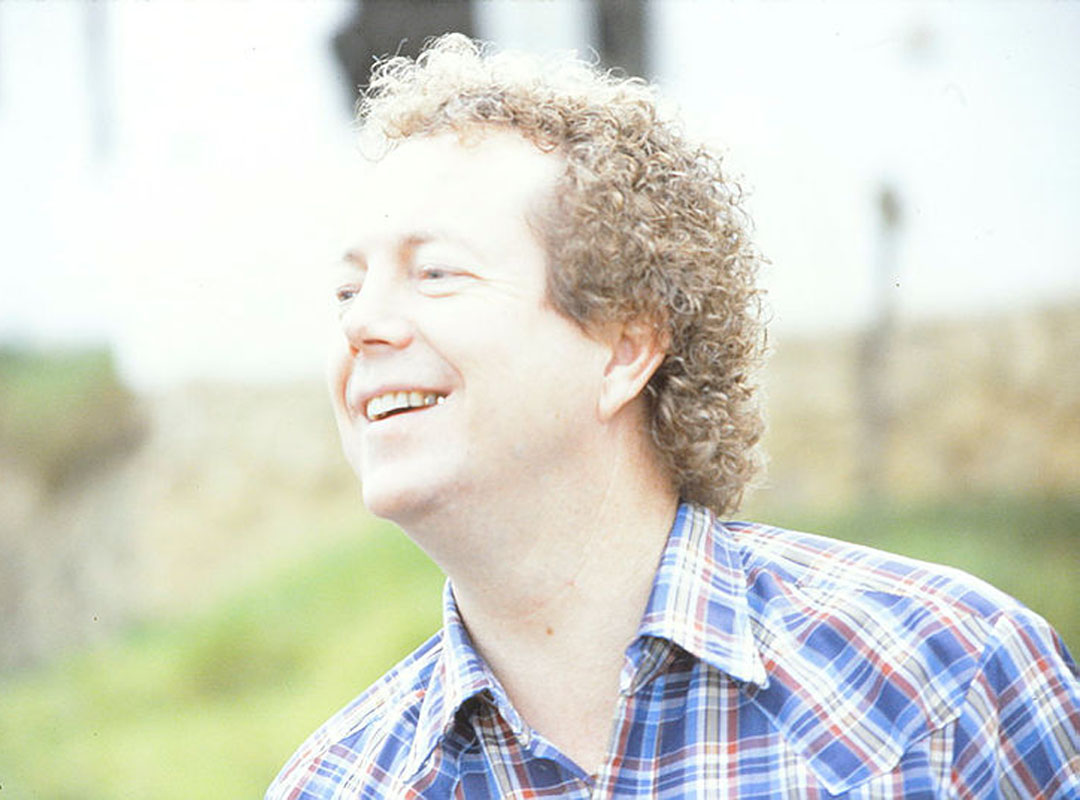

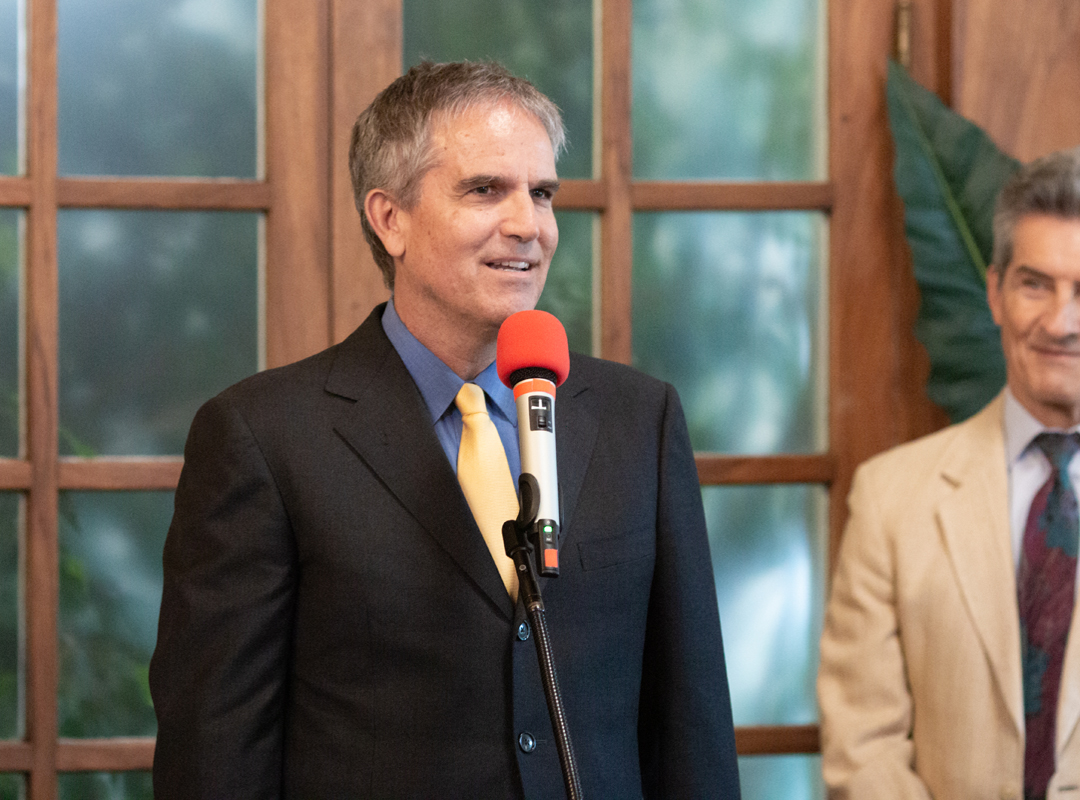
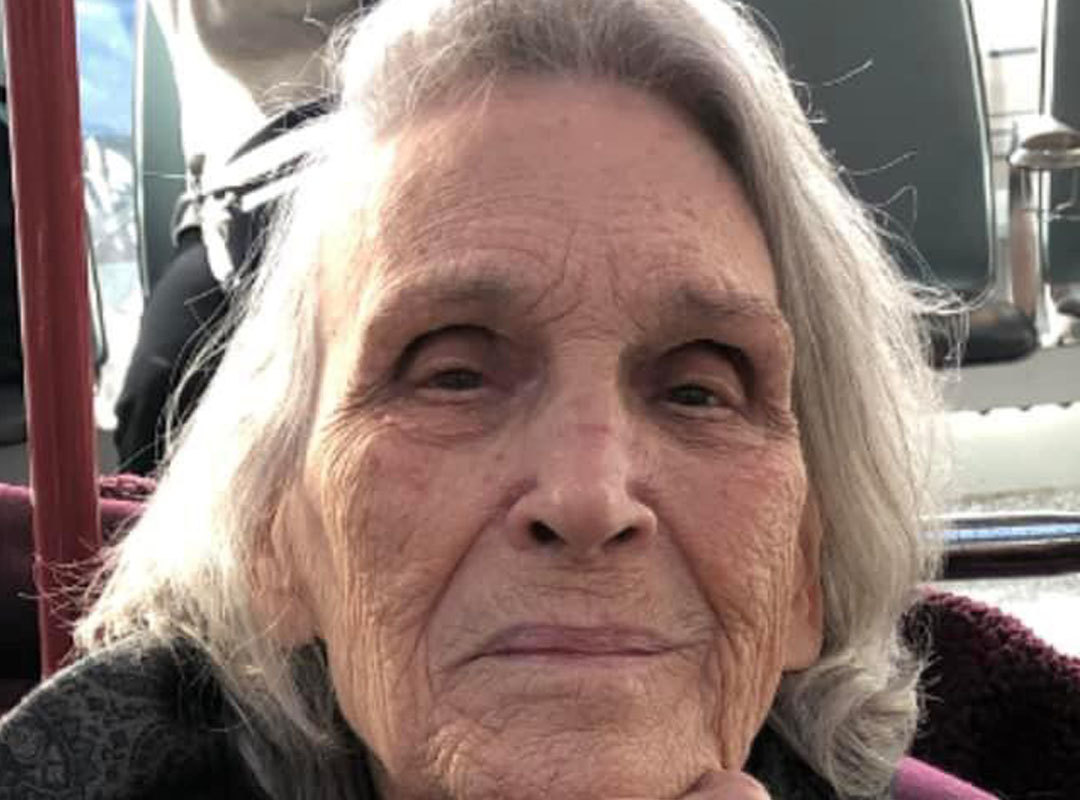
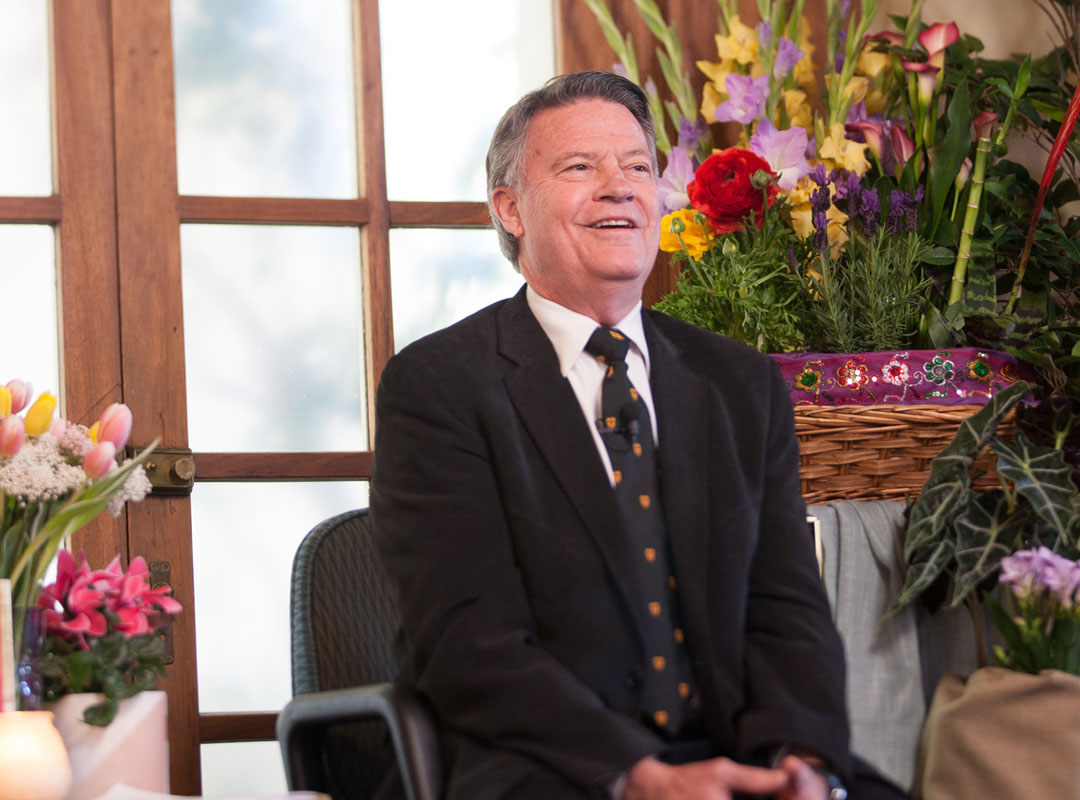
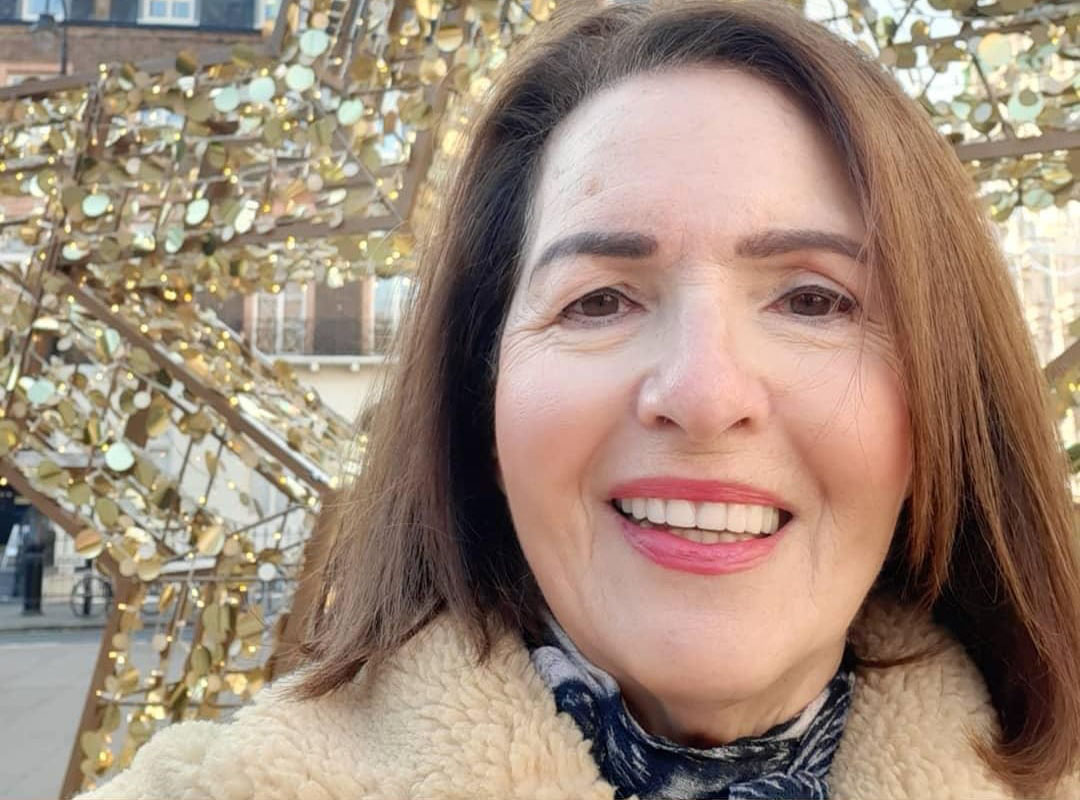
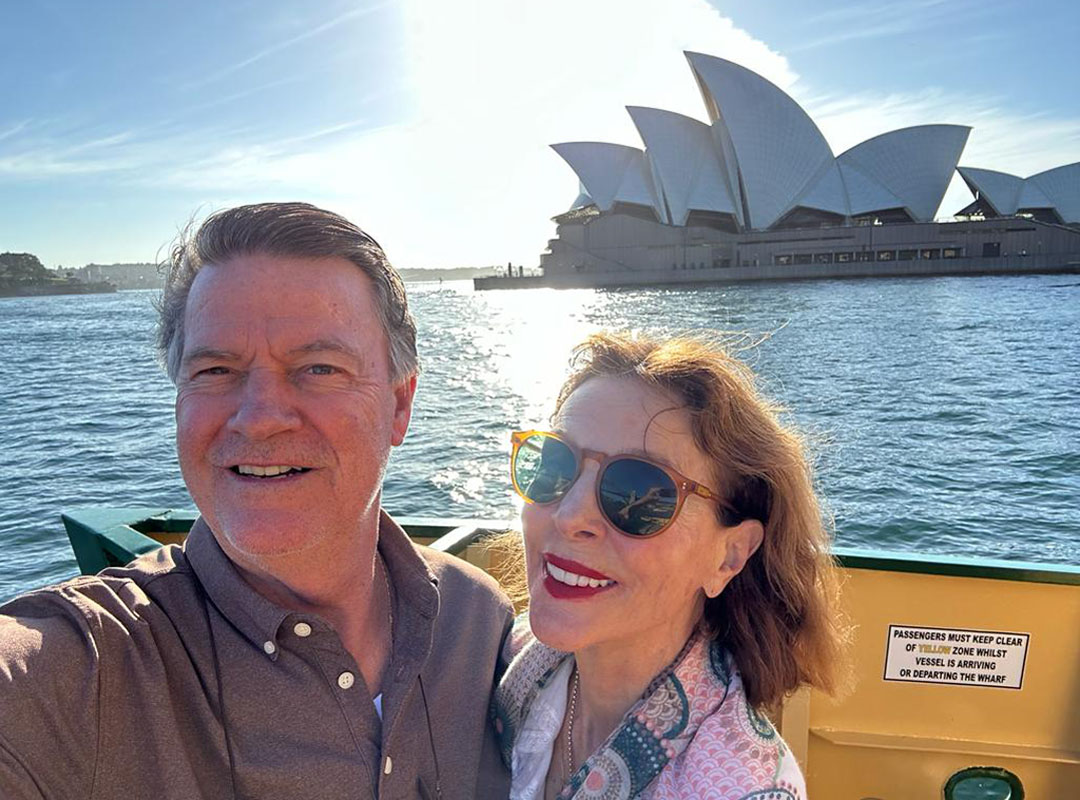
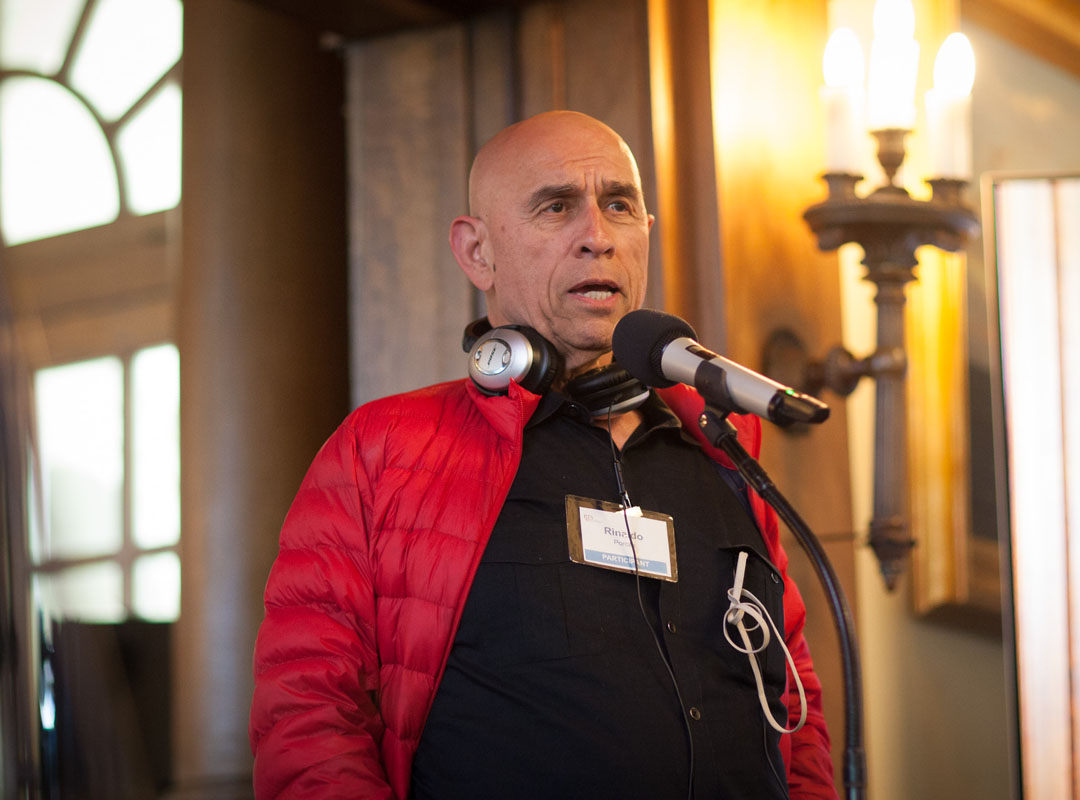


Love, Love, Love ~ Gloriously Divine!!! Awesome pics from dear David Sand!!! 🙂 🙂 🙂 🙂
Thank you all for sharing! It makes me feel very real in Japan, with all and JR !
What a treat–thank you for the many pictures!